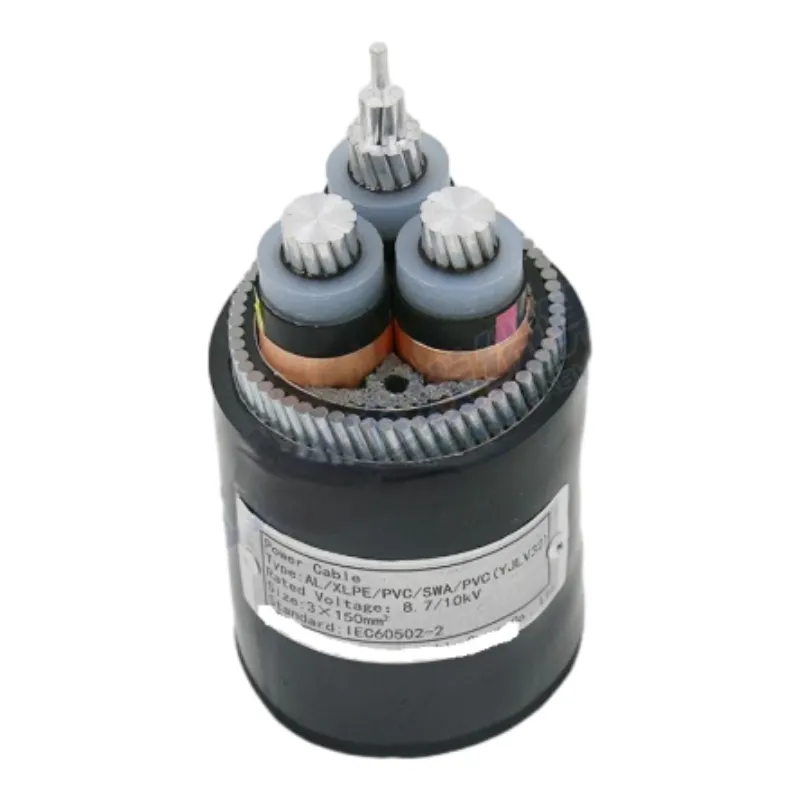Dec . 13, 2024 06:16 Back to list
Flange Dismantling Joint Techniques for Efficient Pipe Repair and Maintenance
Understanding Flange Dismantling Joints A Comprehensive Overview
Flange dismantling joints are crucial components in piping systems, especially in applications that require maintenance and ease of access for repairs. These joints allow for disassembly without the need to remove the entire pipeline, making them essential in various industries such as water supply, chemical processing, and HVAC systems. In this article, we will delve into the characteristics, advantages, applications, and considerations regarding flange dismantling joints.
Characteristics of Flange Dismantling Joints
Flange dismantling joints typically consist of two flanged ends connected by a central body. This design incorporates a set of gaskets that ensure a tight seal while facilitating easy disassembly. The joints are usually made from materials like stainless steel, carbon steel, or ductile iron to withstand varying pressures and temperatures.
One of the key features of these joints is their adjustable length. This adjustability allows for precise alignment of piping systems, accommodating thermal expansion and contraction, and ensuring that components can be maintained without disruption to the entire system. Additionally, a variety of flange types, including ANSI, DIN, and JIS flanges, can usually be incorporated, making these joints versatile for different installation requirements.
Advantages of Using Flange Dismantling Joints
1. Ease of Maintenance One of the foremost advantages of flange dismantling joints is their ability to simplify maintenance tasks. Unlike traditional flanged connections, which often require the entire section of the pipeline to be dismantled, dismantling joints can be individually accessed. This saves time and labor, ultimately reducing downtime and costs associated with system maintenance.
2. Flexibility These joints offer significant flexibility, particularly in systems subject to movement or vibration. Their design allows for slight adjustments in alignment, which provides better resistance to the stresses caused by shifts in the pipeline.
3. Reduced Installation Costs Installation of flange dismantling joints can often be quicker and easier than traditional flanged joints. Since they can be adjusted post-installation, there's less need for extensive alignment procedures, which can significantly cut labor costs and installation time.
4. Improved Sealing The use of gaskets and surrounding flange designs improve sealing capabilities. This reduces the likelihood of leaks, which is critical in systems that transport liquids or gases at high pressures.
Applications of Flange Dismantling Joints
flange dismantling joint

Flange dismantling joints are widely employed across various industries. Typical applications include
- Water Treatment Plants These facilities frequently utilize dismantling joints for filters, valves, and pumps, allowing for easy access to critical components. - Chemical Processing In environments where chemicals are transported, maintaining a secure and leak-proof system is vital. Flange dismantling joints facilitate safe maintenance. - HVAC Systems These joints are used in air circulation and refrigeration systems, helping to manage airflow and pressure effectively, while also allowing for easy component replacement.
Considerations When Using Flange Dismantling Joints
While flange dismantling joints offer numerous benefits, specific considerations should be taken into account during selection and installation
1. Pressure and Temperature Ratings Ensure that the selected joint can handle the specific pressure and temperature conditions of the operation environment.
2. Material Compatibility It’s vital to choose a material that is compatible with the fluids being transported to avoid corrosion and degradation of the joint.
3. Size and Type Proper sizing is critical for maintaining efficient flow and preventing leakage. Additionally, the type of flanges utilized should match the existing piping system.
4. Regular Inspection and Maintenance Although dismantling joints simplify maintenance, regular inspections are still necessary to ensure that gaskets are intact and that the joint is functioning correctly.
Conclusion
Flange dismantling joints serve as invaluable components in modern piping systems, providing the flexibility and accessibility needed for efficient operation and maintenance. Their design allows for easy disassembly, reduced installation costs, and improved sealing, making them a preferred choice in various industries. As with any mechanical system, careful selection and regular maintenance are key to maximizing the longevity and effectiveness of these joints. Embracing the advantages of flange dismantling joints can lead to significant operational efficiencies and cost savings in the long term.
Share
-
Reliable Wafer Type Butterfly Valves for Every IndustryNewsJul.25,2025
-
Reliable Flow Control Begins with the Right Ball Check ValveNewsJul.25,2025
-
Precision Flow Control Starts with Quality ValvesNewsJul.25,2025
-
Industrial Flow Control ReliabilityNewsJul.25,2025
-
Engineered for Efficiency Gate Valves That Power Industrial PerformanceNewsJul.25,2025
-
Empowering Infrastructure Through Quality ManufacturingNewsJul.25,2025


